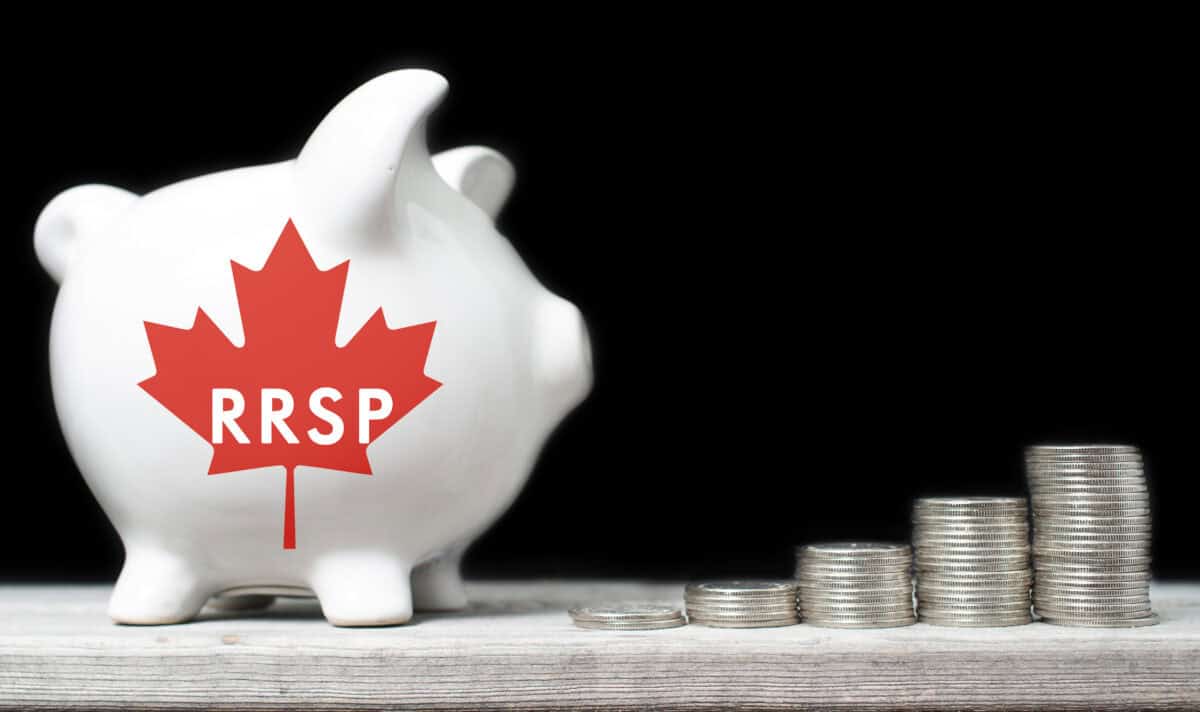The recent pullback in the TSX is giving Registered Retirement Savings Plan (RRSP) investors a chance to buy Canadian dividend stocks at discounted prices. One popular strategy for building RRSP wealth involves owning top dividend-growth stocks and using the distributions to acquire new shares.
DRIP meaning
Many companies have a dividend-reinvestment plan (DRIP) set up that enables shareholders to automatically use dividend payments to buy new stock rather than take the money. In some cases, firms even offer a discount on the share price as an incentive. Companies do this as a way to keep more cash available that can be used to reduce debt or fund growth initiatives, including capital projects and acquisitions.
When stock is held inside an online brokerage account, investors need to ask their brokerage to set up the DRIP on their holdings. In this situation, the dividend payment normally has to be large enough to buy complete shares, so there is usually some extra cash from each distribution that is deposited to the trading account.
Using dividends to buy new shares creates a compounding effect that can turn modest initial RRSP investments into significant savings over the course of two or three decades. This is particularly true when dividends increase at a steady pace and the share price trends higher.
The best stocks for a DRIP portfolio tend to be ones that have long track records of dividend growth supported by rising cash flow.
Fortis
Fortis (TSX:FTS) is a good example of a stock that has delivered attractive long-term returns for investors who take advantage of the DRIP.
Fortis is a utility company with $68 billion in assets spread out across Canada, the United States, and the Caribbean. The businesses include natural gas distribution utilities, power generation facilities, and electric transmission networks. These are rate-regulated assets that generate reliable cash flow.
Fortis grows through a combination of capital projects and acquisitions. The current $25 billion capital program is expected to boost the rate base from $37 billion to more than $49 billion by 2028. As the new assets go into service, the increase in cash flow should support planned annual dividend increases of 4% to 6% over the five-year period. Fortis has increased the dividend in each of the past 50 years.
Fortis offers a 2% discount on stock purchased through the DRIP. Long-term investors have done well. A $10,000 investment in FTS stock 25 years ago would be worth about $160,000 today with the dividends reinvested.
The bottom line on top RRSP stocks
Buying good dividend-growth stocks and using the distributions to acquire new shares is a proven strategy for building long-term RRSP wealth. There is no guarantee that Fortis will deliver the same returns over the next 25 years, but the stock looks attractive right now after the recent dip and deserves to be on your radar for a diversified RRSP portfolio focused on dividends and total returns.









